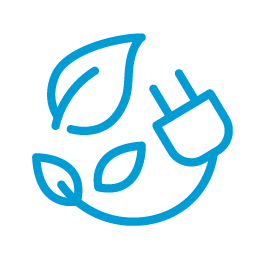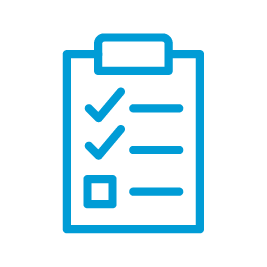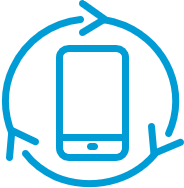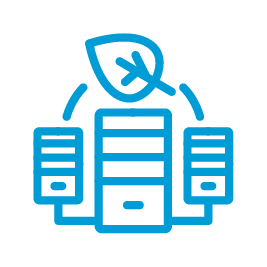Impact & Commitments
Imagine a world where digital transformation and environmental sustainability go hand in hand, where technological innovation serves not just the interests of business, but the health of our planet. This is the world that Green Digital Action, ITU, and our partners are striving to create.
Explore the inspiring commitments and progress made by our partners across various pillars of our initiative, and learn how your organization can become part of this transformative journey.

Emergency Telecommunications / Early Warnings For All

Open Data and Technology for Climate Research
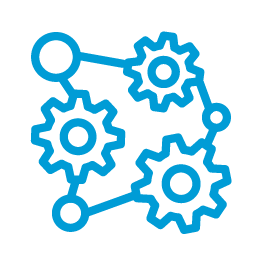
Enablement of Industries
Reduce ICT Sector GHG emissions through robust accountability and transparent reporting
The digital sector is a growing source of global GHG emissions with carbon emissions ranging from 1.5% to 4% of global emissions. To reach the goal
of limiting global warming to 1.5° C, emissions from the digital sector will need to be reduced by 45% by 2030.
The 2023 Greening Digital Companies report highlights transparency issues in GHG emissions reporting. With more companies targeting net-zero, two
things are needed:
- A robust accountability and transparency framework for understanding the ICT sector’s emissions footprint
- An open GHG emission and energy use database to track progress.

Commitments driving the ICT sector’s transition to net-zero
Through the Green Digital Action GHG pillar co-led by Orange, Telefonica, FTTH Council Europe and World Bank, companies commit to:
Commitment to Science-Based Targets for Emission Reduction and Development of Decarbonization Transition Plans
Setting (or already have set) 1.5 degree aligned science-based targets, to be validated (or already validated) by SBTi, for emissions reduction and commit to reduce accordingly scope 1, 2 and 3 emissions, as well as to create and publish transition plans outlining how decarbonization trajectories and net-zero targets will be achieved
Commitment to Annual Public Reporting of GHG Emissions and Submission to ITU Database or CDP Disclosure
Reporting data on all GHG emission scopes and categories yearly, publicly and submit results to a public ITU database (pending funding). When a company reports to CDP, this can be done through the CDP disclosure, making sure the submission is publicly available. When a company does not report to CDP, this can be done by reporting directly to the ITU.
Interested in getting involved?
Join the cause and commit to these calls to action by filling out our form.
You may also wish to join standardization efforts in ITU-T SG5 “Environment, EMF and Circular Economy.” Learn more here.
Companies that have so far signed up to these commitments: Aveva, BT Group, e&, eurofiber, Nokia, Orange, SAP, Telefonica, Tele2, World Wide Generation
Drive the adoption of international green standards
International standards, guided by sustainability principles, play a crucial role in addressing the climate crisis by maximizing energy efficiency, reducing e-waste, and cutting emissions. Collaboration between governments and the private sector to harmonize regulatory frameworks is essential to encourage investments aligned with climate goals.
“As the world’s leading developers of international standards, we pledge to uphold the principles that allow sustainability to be built into their development by design, and to delivering the standards that make both business and environmental sense.”
Read the joint statement by the World Standards Cooperation

Actions for leveraging standards for climate action
Explore our Action Plan launched at COP28
The document outlines proactive steps for leveraging standards to foster sustainability and drive climate action within the ICT sector, featuring an extensive annex of globally recognized standards for green digital practice.
Click here to access the action plan >
Join a GDA Working Group
The peer-learning working group aims to strengthen industry and country collaboration on the implementation of environmental sustainability standards.
Contact green@itu.int to join >
Join existing standardization efforts
Join existing standardization efforts such as ITU-T SG5 “Environment, EMF and Circular Economy.”
Learn more >
Foster circular economy
E-waste is one of the fastest-growing environmental challenges globally, and if current rates continue, 82 billion kg of e-waste will be generated in 2030 according to the Global E-Waste Monitor 2024.
Many types of toxic and hazardous substances such as mercury, brominated flame-retardants or chloroflurocarbons are found in electronic equipment and pose severe risk to human health and the environment if not handled in an environmentally sound manner.

Supporting e-waste management regulations
Communications, Space & Technology (CST) Commission of the Kingdom of Saudi Arabia has launched a joint project with ITU on “E-Waste Management Regulations”. This initiative aims to implement the regulations in Zambia, Rwanda, and Paraguay, which will contribute to providing innovative regulatory solutions to the challenges facing the treatment of e-waste globally, along with raising awareness among policymakers and industry owners on the critical role of fair and practical economical regulations in reducing e-waste production and carbon emissions.
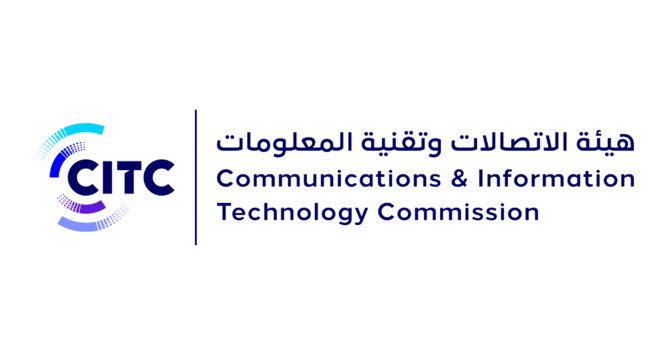
How can policymakers and global stakeholders drive progress in e-waste regulation and circular economies?
(a) National governments can commit to formulating a national e-waste regulation (where local context permits) by XX date
(b) Pledge support (in-kind or in-cash) to XX number of countries for the formulation of national e-waste regulation by XX date.
How can EEE producers, importers, distributors, brands, manufacturers, and telcos contribute to e-waste regulation worldwide?
(a) Pledge support (in-kind or in-cash) to XX number of countries for the formulation of national e-waste regulation by XX date.
(b) Commit to partnering with XX number of countries during the formulation and implementation of national e-waste regulation by XX date.
Leverage emergency telecommunication systems to ensure life-saving disaster alerts
As climate threats escalate, digital systems play a crucial role in delivering life-saving alerts to vulnerable communities. Despite this reliance, only half of countries have sufficient multi-hazard early warning systems, and even fewer have regulatory frameworks linking early warnings to emergency plans.
The UN’s Early Warnings for All (EW4All) Initiative seeks to address these gaps, aiming to establish comprehensive global protection through early warning systems by 2027.

Avenues for supporting the EW4All initiative
Join governments, in particular regulators, in adopting a regulatory approach to implementing mobile-based early warning system.
Join MNOs to harness the power of mobile networks for EW4All and satellite service providers with research into, and use of direct-to-device services in support of EW4All.
a) Invest into research on how AI can help achieve the EW4All initiative
b) Provide data to help ITU measure connectivity (via Disaster Connectivity Mapping) for better emergency response.
Contact green@itu.int to support these calls to action.
Anatel, Brazil‘s National Telecommunications Agency, commits to the Early Warning for All initiative by implementing cell-broadcast for effective early warnings, by adopting a regulatory approach, and by sharing its experience to raise awareness.
MNO Pledge
A number of mobile network operators (Telefonica, Safaricom, Globe, Axiata, MTN, VEON, KDDI), under the leadership of GSMA, pledge to work with governments to support the implementation of cell broadcasts and location-based SMS. Their aim is to fulfill the ambitious goal of the Early Warnings for All initiative, ensuring protection for everyone by 2027.
SSP Pledge
Committed to the Early Warnings for All Initiative’s goal, the Global Satellite Operators Association (GSOA) and its partners are dedicated to enhancing direct-to-handset services and overcoming challenges through cross-sector collaboration, including engaging with device manufacturers, standardization bodies, and other key stakeholders.
Advance climate solutions through open environmental data and technologies
Open climate data and multi-purpose infrastructure can advance climate adaptation and mitigation efforts
The telecommunications industry possess critical infrastructure, along with global reach and data processing capabilities, for monitoring and predicting slow-onset climate events and catastrophic events.
Open, free, and interoperable data – gathered transparently and shared collaboratively – can greatly enrich long-term climate research.

Unlocking data for climate action
As part of the Green Digital Action track at COP28, DIAL launched the Joint Learning Network on Unlocking Data for Climate Action (Climate Data JLN). The Climate Data JLN advances expert collaboration on climate action, digital public infrastructure, data exchange, and governance.
Read the JLN’s Spotlight paper on data trusts to learn how the data trust model can overcome obstacles to cities and communities accessing data for climate response and resilience.
If your organization is interested in contributing to the JLN, please contact DIAL.
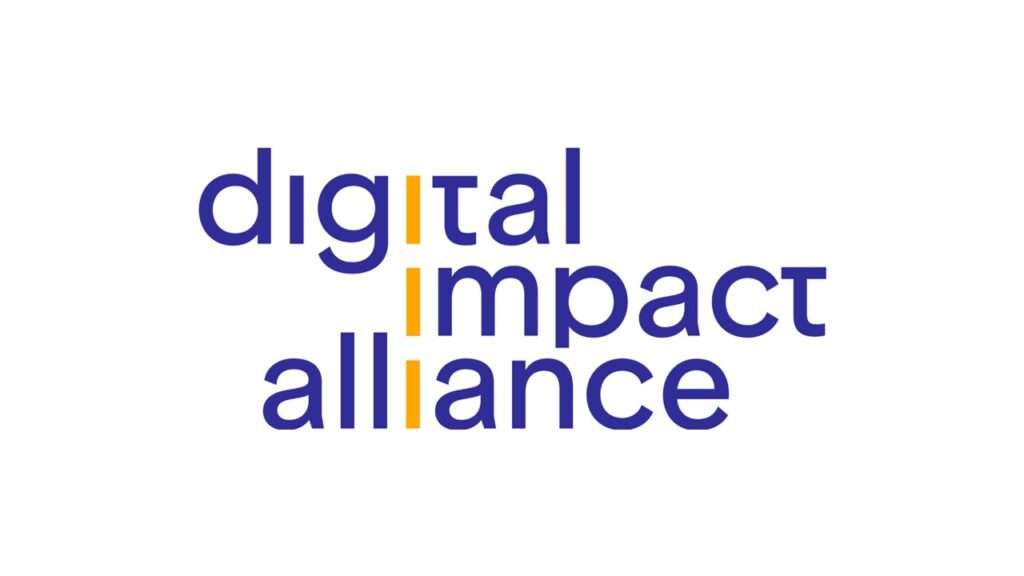
How can telecom and cell tower operators contribute to climate monitoring?
Infrastructure Accessibility
Provide access to cell towers and radio relays sites for the deployment of CO2 sensors in support of the Global Greenhouse Gas Watch’s top-down estimations of GHG fluxes. The infrastructure can bridge data monitoring gaps and strengthen analytical capabilities
Data Exchange
Share data, free of charge, on received signal level (RSL) from radio networks for accurate precipitation measurements, weather forecasting, and climate research. The exchange of data can accelerate climate adaptation and mitigation efforts.
SMART Submarine Cables
Equip telecommunications cables with sensors to provide novel and persistent insights into the state of the ocean to monitor climate change and contribute to early warning systems. Join the SMART Subsea Cables Initiative led by a Joint Taskforce of ITU, WMO, IOC, and UNESCO.
Partner2Connect Pledges from Green Digital Action Partners
Organzations are also invited to submit pledges directly via Partner2Connect. P2C pledges from Green Digital Action partners include:
GoCodeGreen:
- Access to the online GCG Digital Decarbonisation Learning courses for 100 next generation / young ICT trainees / re-up skilling employees from least developed countries
- Packaged GCG Digital Decarbonisation offering (including ICT and software measurement, process tools and education) for a least developed country government agency or department to assist them in initiating green digital action across their ICT selection and usage with initial results (digital carbon reduction targets)
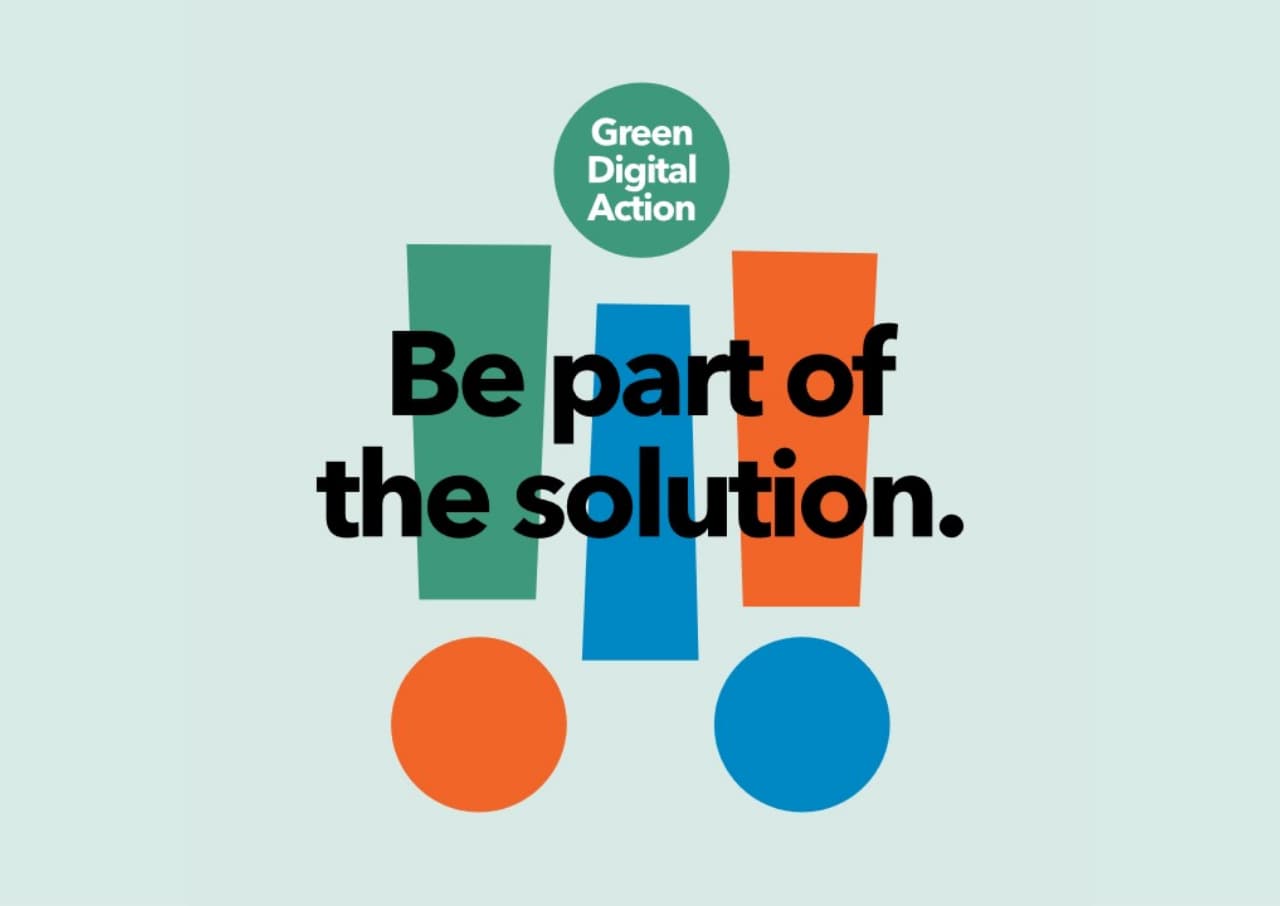
Get involved
As Green Digital Action advances, it will work to ensure follow-through of these outcomes, secure more commitments and bring together additional partners. Learn more